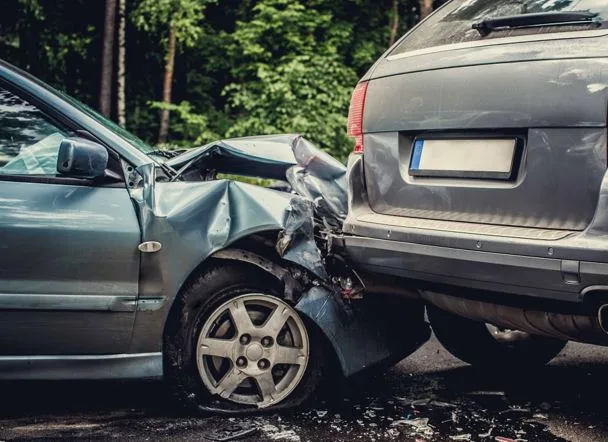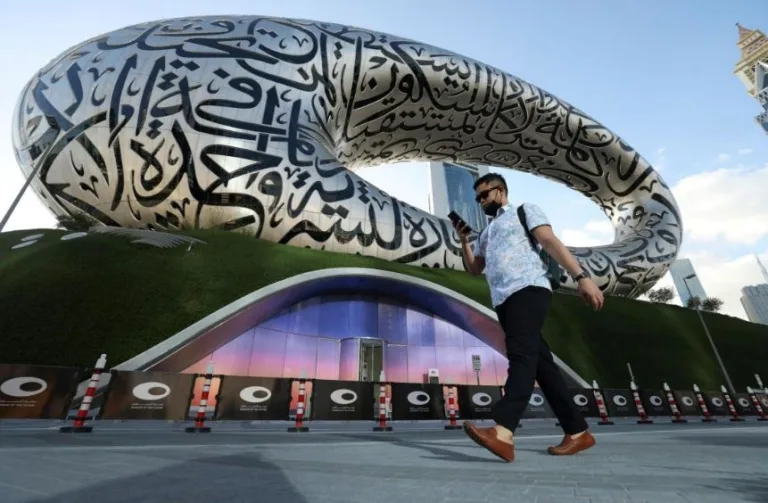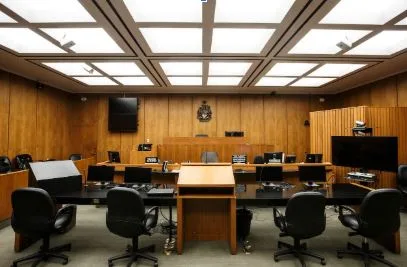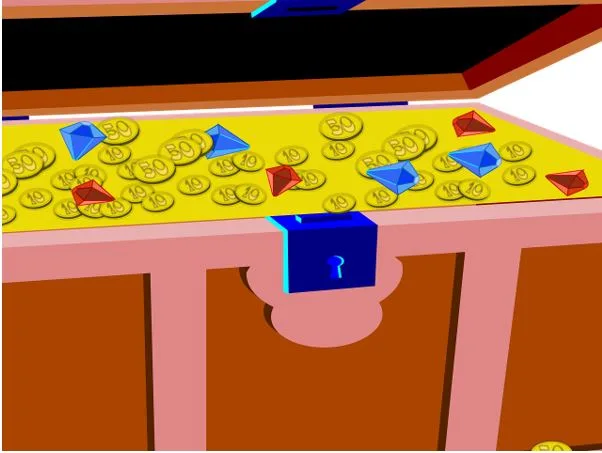How You Can Prove Fault in a Virginia Car Accident Case
Arlington, Virginia, is a vibrant city just across the Potomac River from Washington, D.C., known for its busy streets and growing population. Car accidents are unfortunately common on these busy roads, and the city follows an at-fault system, which means that even if the other driver is mostly responsible, you may not recover compensation if you share any portion of the fault.
In such situations, consulting with a car accident lawyer in Arlington can make a significant difference. Experienced attorneys understand Virginia’s strict at-fault laws and can help gather the evidence needed to show that the other driver was fully responsible.
Proving fault in a Virginia car accident requires more than assigning blame; it demands clear, concrete evidence and a systematic approach.
Evidence Needed to Prove Fault
Collecting accurate documentation, witness statements, and expert reports strengthens your case and increases the likelihood of a favorable outcome.
Eyewitness Testimony
Eyewitnesses provide firsthand descriptions of the crash, explaining what they saw and when. A pedestrian or bystander may have witnessed a driver running a red light or failing to stop at a stop sign. Their accounts can significantly support your claim by providing an objective perspective on the events.
Camera Footage
Traffic cameras, store surveillance systems, and dashcams can capture accidents in real time. This type of footage offers objective proof of the events leading to a collision. Lawyers often use video evidence to clearly demonstrate the other driver’s negligence and strengthen the case for full liability.
Police Reports
When police arrive at the scene, they document the accident and record critical details about what occurred. Reports may include information about speeding, traffic violations, or hazardous driving conditions. Courts and insurance companies consider these reports as highly credible evidence in determining fault.
Phone Records
If a driver was distracted by texting, calling, or using apps, phone records can reveal this activity. Demonstrating driver distraction helps establish negligence. Such evidence can play a key role in proving the at-fault party failed to exercise reasonable care.
Toxicology Reports
Toxicology tests reveal whether a driver was under the influence of alcohol or drugs. Impairment significantly increases the likelihood that a driver will be found at fault. These reports provide strong, objective evidence of unsafe driving practices contributing to the accident.
Physical Evidence
Skid marks, vehicle damage, broken parts, and road debris can all tell the story of how an accident occurred. Even without witnesses, physical evidence helps reconstruct the crash. Attorneys use these clues to establish fault, sequence of events, and the severity of the collision.
Expert Testimony
Accident reconstruction experts analyze physical evidence and explain complex technical details. They can determine factors like vehicle speed, angle of impact, and point of collision. Expert testimony provides credible professional support to substantiate your claim of fault and strengthen your case.
Hire an Experienced Lawyer
An experienced car accident lawyer can make the process of proving fault much easier. They know exactly what types of evidence are needed and how to gather it effectively. From collecting police reports to securing eyewitness statements and expert analysis, they ensure your evidence is thorough and credible.
Key Takeaways
- Proving the other driver’s fault is essential in Virginia’s at-fault system.
- Eyewitness accounts, cameras, and police reports strengthen claims.
- Phone and toxicology records show distraction or impairment.
- Physical evidence and experts help reconstruct the accident.
- An experienced lawyer ensures evidence is gathered and claims are supported.





